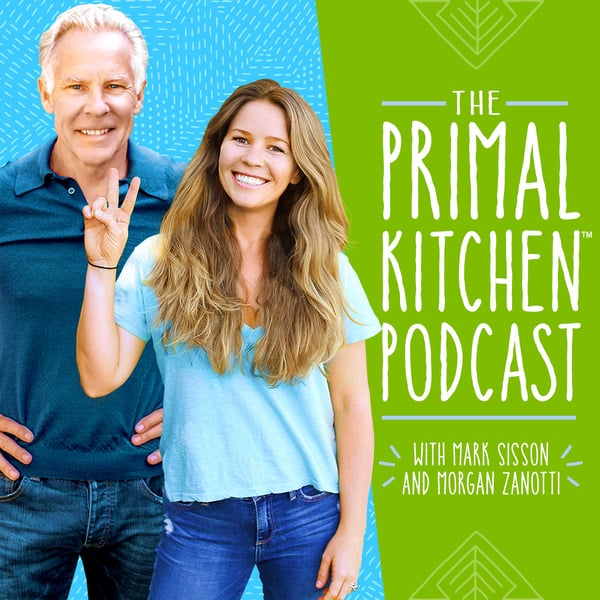Women’s Fitness: Should It Change with Age?
The Primal Kitchen Podcast
Mark Sisson & Morgan Zanotti
4.4 • 717 Ratings
🗓️ 3 April 2018
⏱️ 11 minutes
🧾️ Download transcript
Summary
Generally speaking, the basic Primal Blueprint for fitness and physical activity applies equally to men and women of all ages. Lifting heavy things works in everyone. Sprinting is a fantastic way—for anyone who’s able—to compress workouts and improve training efficiency. Improving one’s aerobic capacity through easy cardio doesn’t discriminate between the sexes. And everyone should walk, hike, garden, and perform as much low level physical activity as possible. These basic foundations—the 30,000 foot view of fitness—don’t really change across age or sex.
(This Mark's Daily Apple article was written by Mark Sisson, and is narrated by Tina Leaman)
Transcript
Click on a timestamp to play from that location
| 0:00.0 | Hi, it's Mark Sisson from Marksdailyapple.com. |
| 0:04.8 | Enjoy this audio narration of a recent Marksdailyapple.com post by Tina Lehman. |
| 0:10.0 | Subscribe to this podcast channel so you don't miss anything from the blog and read my daily posts on Living Awesome and much more at Marksdailyapple.com. |
| 0:22.5 | Women's Fitness. Should it change with age? |
| 0:26.7 | Generally speaking, the basic primal blueprint for fitness and physical activity applies |
| 0:31.7 | equally to men and women of all ages. Lifting heavy things works in everyone. |
| 0:40.9 | Sprinting is a fantastic way for anyone who's able to compress workouts and improve training efficiency. Improving one's aerobic capacity through |
| 0:47.0 | easy cardio doesn't discriminate between the sexes. And everyone should walk, hike, garden, |
| 0:53.3 | and perform as much low-level physical activity as possible. |
| 0:57.0 | These basic foundations, the 30,000-foot view of fitness, don't really change across age or sex, but the details do, especially for women. |
| 1:08.0 | You see, women are in a unique position. As men age, the hormonal environment |
| 1:14.5 | degenerates. They still make the same basic hormones in the same proportions, only the absolute |
| 1:21.1 | numbers decline. As women age, hormonal environments shift dramatically. |
| 1:32.4 | The menopausal ovaries no longer produce enough follicle-stimulating hormone, |
| 1:39.8 | f-sh, and lutenizing hormone, LH, to regulate estrogen, testosterone, and progesterone, causing the latter hormones to fluctuate in novel ways. |
| 1:44.9 | What kind of hormonal changes in physiological developments occur in aging women that might affect how to best train? |
| 1:53.0 | Atrophied muscle and reduced strength. |
| 1:55.8 | As estrogen drops, so does muscle function. |
| 1:59.4 | More of a male body fat distribution. Postmenopausal women tend to gain more belly fat. |
| 2:06.0 | Reduced bone mass. The menopausal hormonal environment leads to a reduction in vitamin D synthesis and absorption, lower calcium levels, and reduced bone mass. |
| 2:16.9 | Vascular changes. |
| 2:18.5 | After menopause arteries become stiffer, hypertension becomes more likely. |
... |
Please login to see the full transcript.
Disclaimer: The podcast and artwork embedded on this page are from Mark Sisson & Morgan Zanotti, and are the property of its owner and not affiliated with or endorsed by Tapesearch.
Generated transcripts are the property of Mark Sisson & Morgan Zanotti and are distributed freely under the Fair Use doctrine. Transcripts generated by Tapesearch are not guaranteed to be accurate.
Copyright © Tapesearch 2025.

